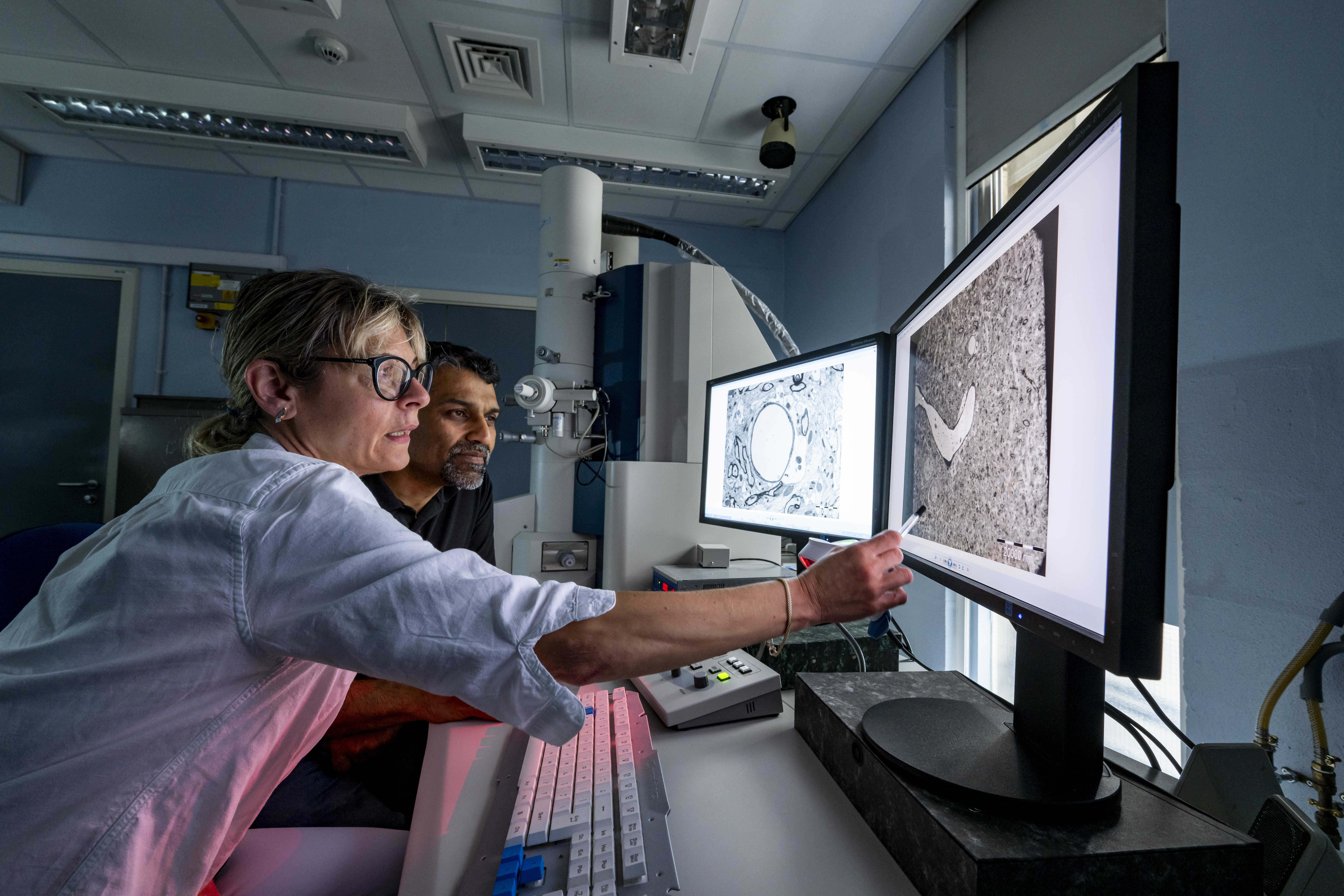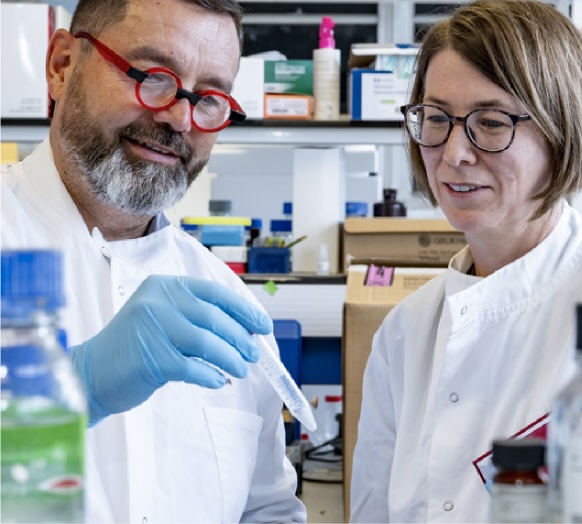Power the latest technology
Technology changes and advances all the time. The latest equipment enables research to happen faster and more effectively.


How you can help
Without cutting-edge machinery, the pace of research is far slower than it could be. To help people who are suffering we must work faster – and that means not allowing our equipment to slow us down.
It once took days to run simple cellular tests, but now, with the right kit, it takes just a few seconds. Investing in technology makes our cross-disciplinary approach to research more efficient, and increases the chances of real change happening sooner.
Examples of the kind of equipment we need are below, but there are many more pieces of high-tech kit that we need to fund. If you are interested in seeing the full list or making a donation, please contact us on supportus@soton.ac.uk or +44 (0)23 8059 2747 or donate via the button below.
PhenoCycler-Fusion
£300,000
This imaging machine will allow researchers to analyse the proteins in tissue samples in unprecedented detail, enabling greater insight into cancer, dementia and infectious diseases. Currently we can only assess a few biomarkers at a time; this machine will analyse many at once, meaning we can work much faster. The University’s Human Tissue Bank has thousands of samples collected through routine treatment, ready to study.
Live-Cell Analysis System
£175,000
This imaging system examines live cells, monitoring samples in real-time. Our researchers will be able to watch how immune cells fight cancer cells, how an infectious bug is destroyed by other cells, or whether neuron cells are living or dying. Our experiments are currently done by monitoring cells at fixed points in time. Real-time monitoring would offer an entirely new level of analysis and massively speed up discoveries in cancer, dementia and infectious diseases.
Opentrons Flex
£70,000
This robot controls tiny liquid samples to tell us what is going on in each individual cell. For example, it will analyse a blood sample and tell us what changes are happening in each cancer cell. A scientist can set up the experiment in ten minutes, then the machine will do the rest, whereas now it takes at least a day to do the same work manually. The level of analysis is also incredibly in-depth so the benefits are two-fold.